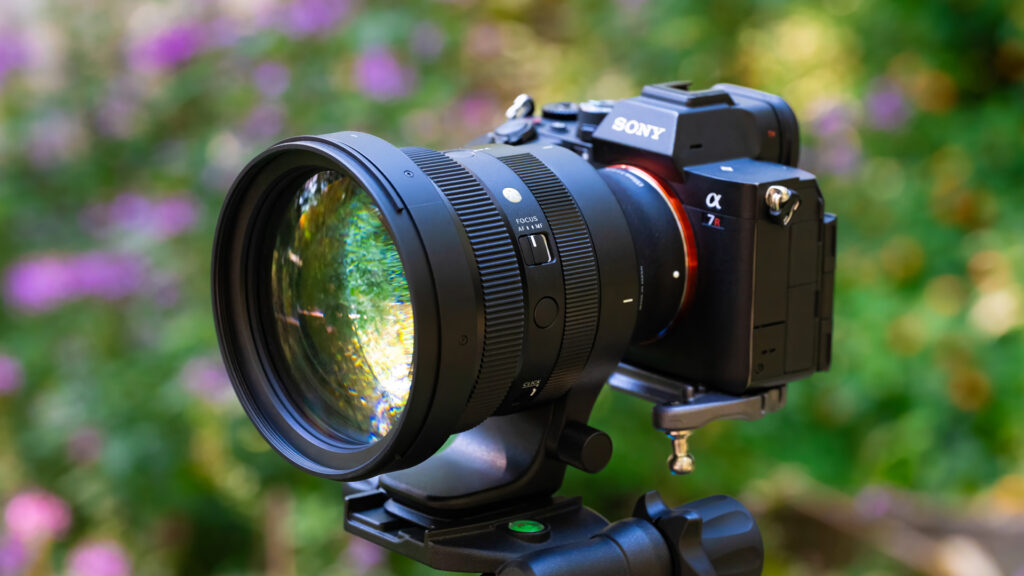In a small, dimly lit coffee shop, my thoughts change from the conversation to how I like the way the light is falling on the face of a friend. I need to capture that moment. So, I pull out the small camera from my coat pocket, press the mode button to select my pre-programmed portrait setting, and when eye detection autofocus locks on, I have that look… that moment in time captured.
A lone seagull stands on a rock in the middle of a small waterfall. An image appears in my mind that needs to be captured. Dialing the camera down to ISO 6, I press the shutter and capture that dream scene. Perfect.
The local football team is in the red zone and ready to score. The lighting on this high school field is not the best. I press the shutter and get the shot. Looking down, I see that my ISO is 40,000.
These scenarios are just a few examples that help define the new SIGMA fp camera.
Introducing Photography’s Smallest Full-Frame Camera
The SIGMA fp is the smallest and lightest full frame camera on the market; “fp” from a combination of extremes: FORTISSIMO and pianissimo. Bold yet quiet, and while the camera may be small, its feature set is large.
At first glance the SIGMA fp appears to be a simple black box. Add the 45mm F2.8 DG DN | Contemporary lens and it takes on a retro look not unlike the old Argus C3 camera that sparked my interest in photography several decades ago. Trust me…the new SIGMA fp will spark your photographic interest going forward. While much is said about the strengths of this camera in the realm of video, I had the pleasure to explore the features of the SIGMA fp as a still photographer for the last six weeks, and it can really deliver.

This little black box is designed to be modular. You can add the accessories you need for the job at hand. While right out of the box it’s easy to hold in your hand, the addition of a hand grip makes it even easier to shoot. The hot shoe unit not only lets you connect a flash, but also has a cable lock. There are also base plates, and a wired remote, and an LCD viewfinder. But what I found easiest to add to the camera was my creativity.
To me the SIGMA fp begs to be pushed to the limits of its features. Because I could shoot at ISO 6, it pushed me to find waterfalls and waves to create beautiful blurs in my photos; because I could shoot at extremely high ISOs, it pushed me to shoot on the street at night; because of the built-in intervalometer, it pushed me to think of ideas for time lapse and remote photography; and because of having a silent, electronic shutter it pushed me into more situations to capture candid moments.
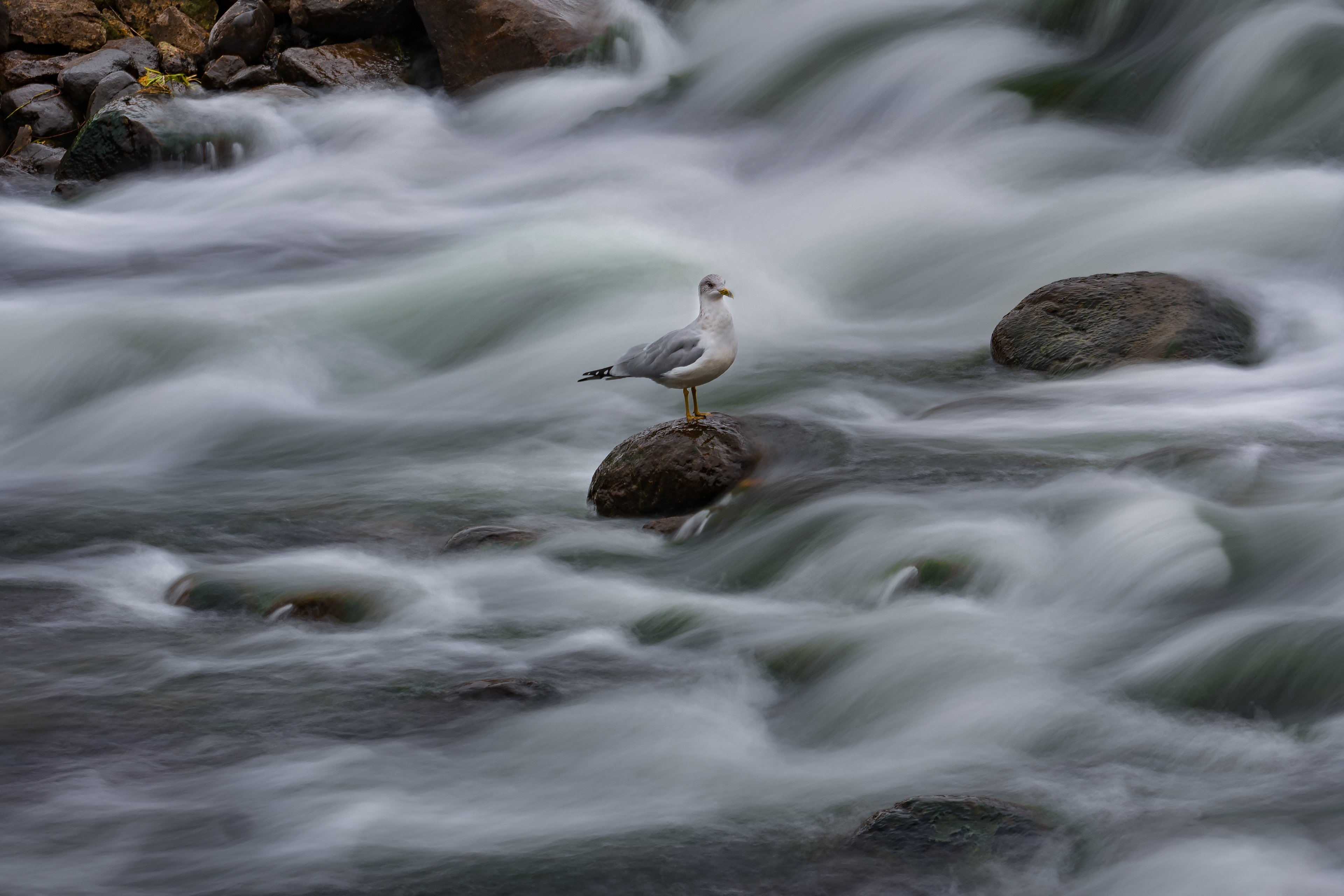
No need to always carry along a neutral density filter when your camera can lower the ISO to 6. The slow shutter speed allowed by such a low ISO gives this photo a dreamy, artistic effect.
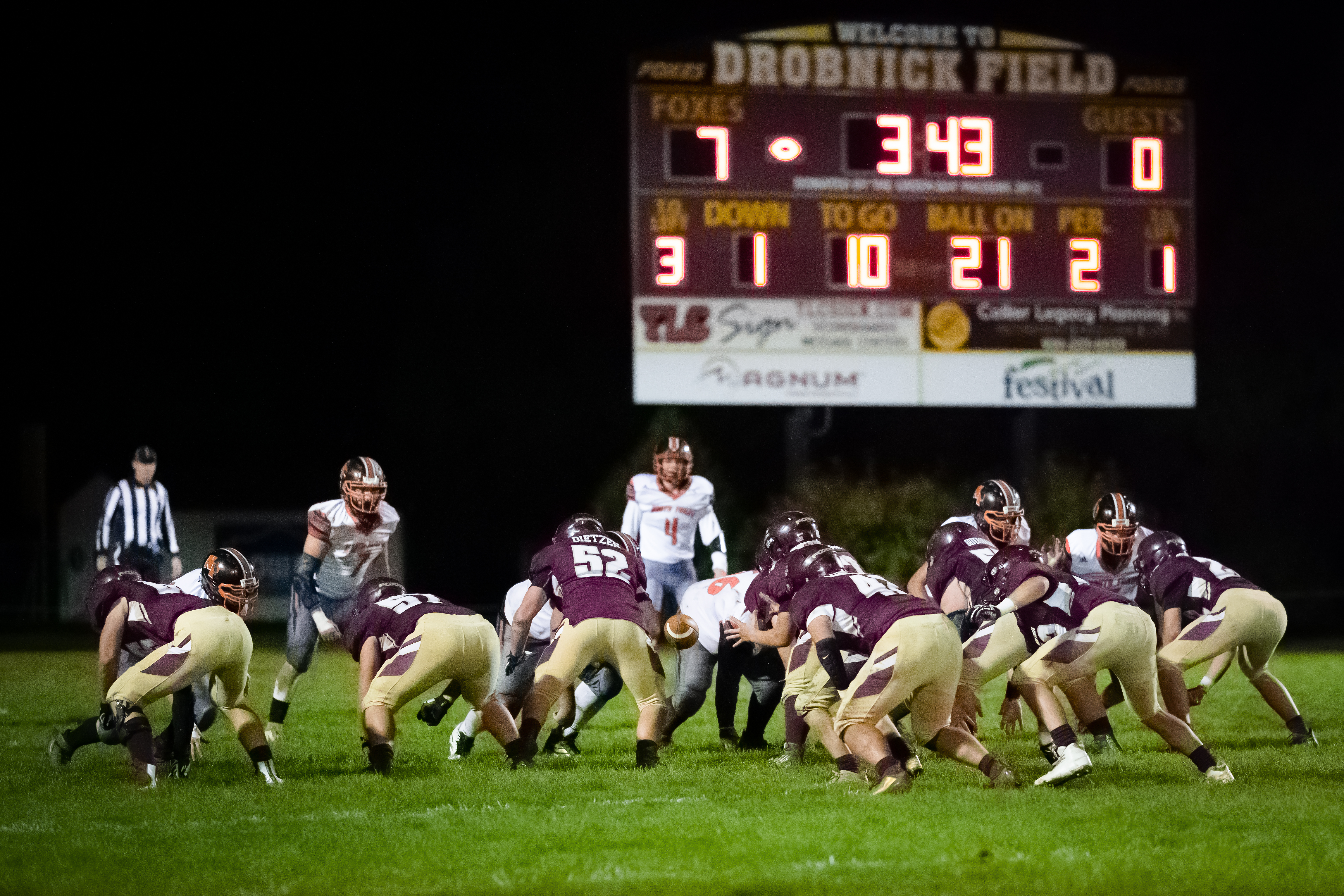
Small town football fields are notorious for poor lighting at night, especially near the end zone. This was captured in DNG format with minimal noise reduction added in post production. I was increasing ISO with each play just to see how high the SIGMA fp camera could go and still produce an image capable of being published.
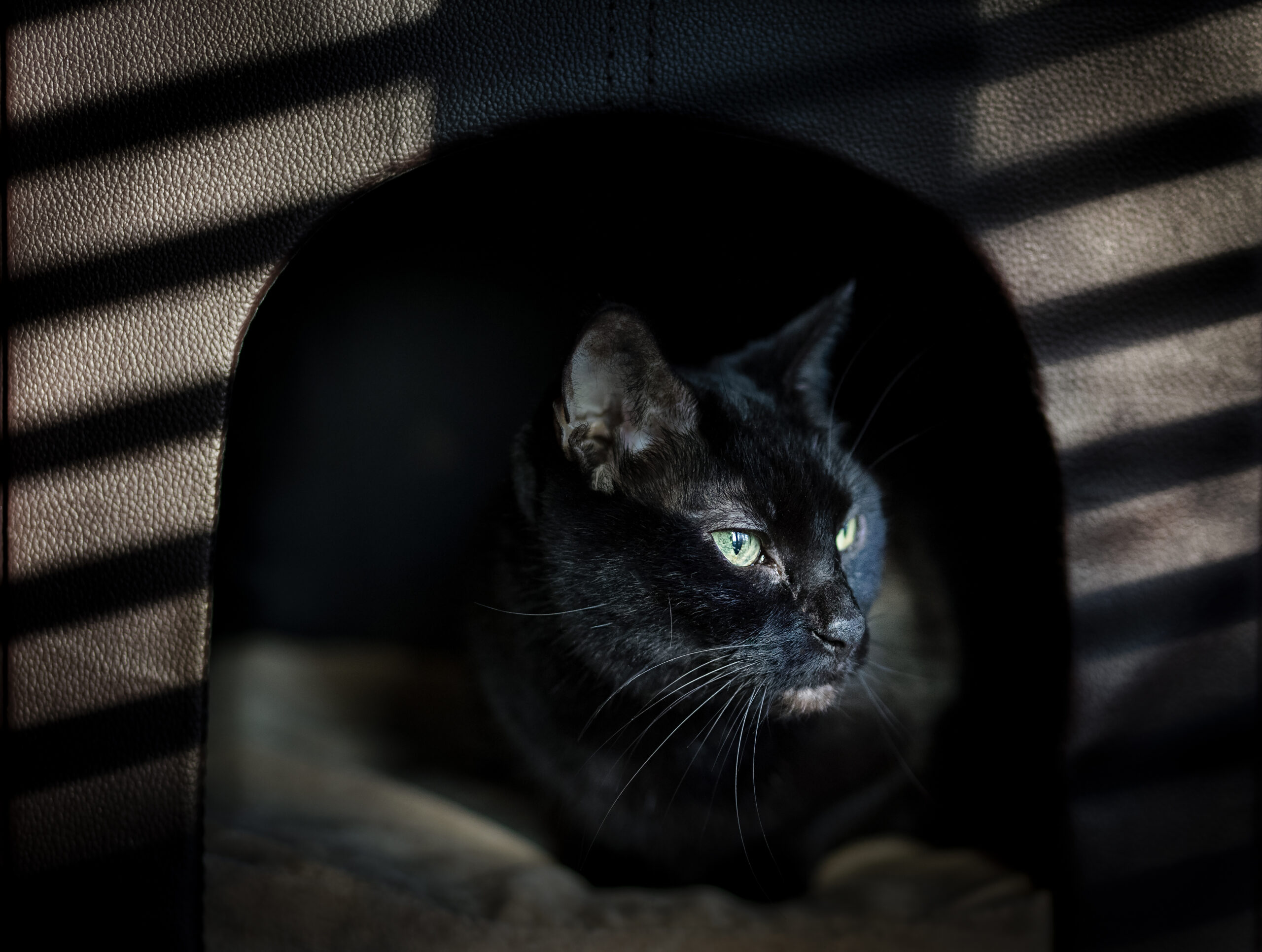
Gabby, one of my cats, sits in her house and watches birds through the window while the sun casts shadows from the window blinds. There are those moments where the light seems perfect and you just have to capture the idea you see. Such was the case with this photo of Gabby. I love the shadows from the blinds framing her face, and the sharpness of the SIGMA 35mm F1.2 DG DN | Art lens really makes her eyes the focal point of the image.
Unbelievably Light Build
Because the camera is so small and light, it became my dedicated remote camera. I added an L bracket to the camera to be able to mount it to a special clamp set-up I use on airplane struts. Using the built-in intervalometer, I set the camera to take a picture every two seconds. With everything checked for safety, I touched the shutter, the little fp started firing, and the pilot took off. Forty minutes later the plane was back and I had 1200 images to look through to find the best to fit the job. And there was still about 25% battery charge left!
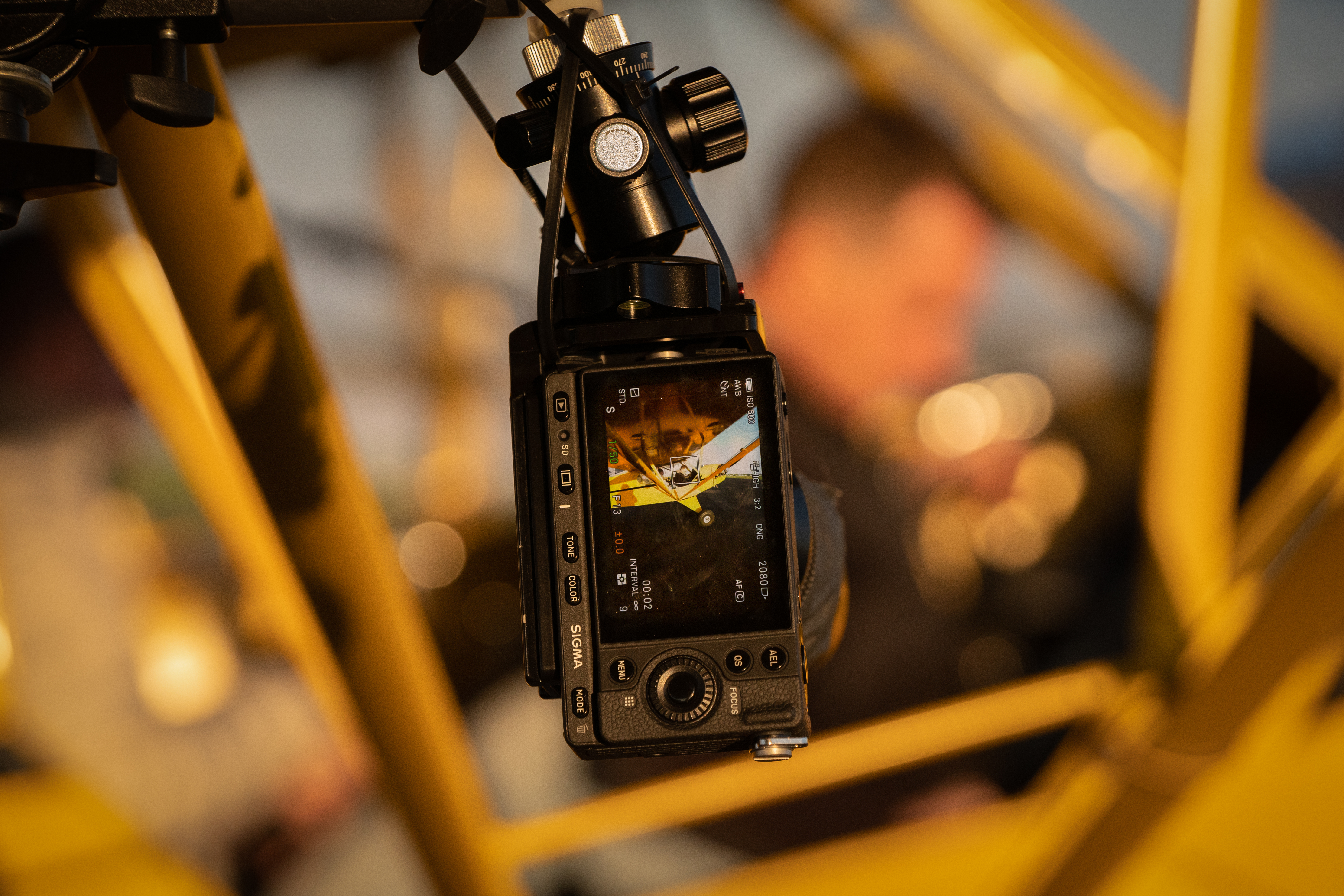
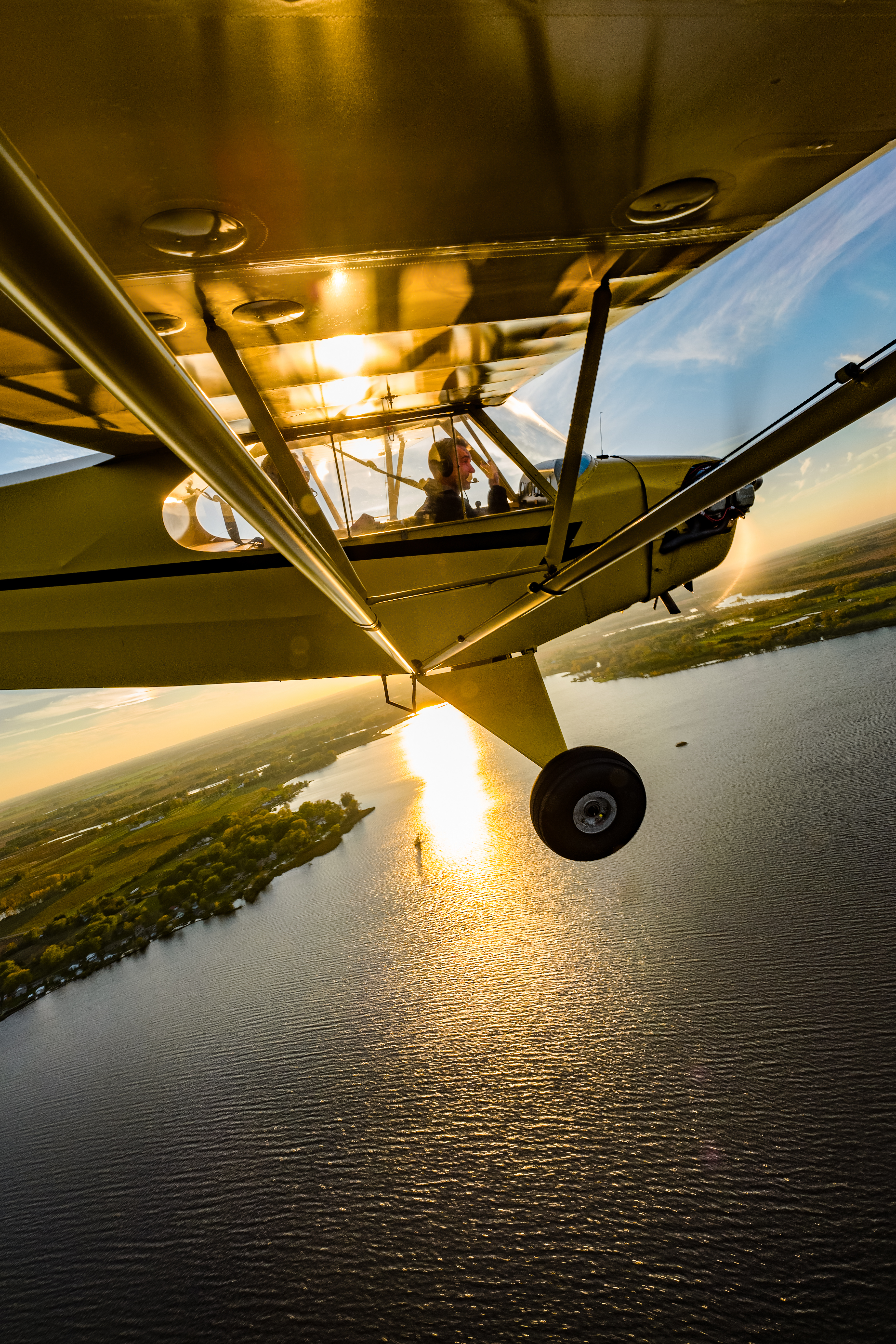
I find the advantage of this type of remote photography is that I don’t have to hard-wire the camera to fire, or add the bulk of an IR or radio remote receiver. And it records the entire flight, which in turn gives me so many background and lighting options to pick from. This flight produced 1200 images, which allowed me to find the best one for the client. And, even after those 1200 images, there was still enough battery life to keep shooting.

Portability and Durability Ideal for the Street
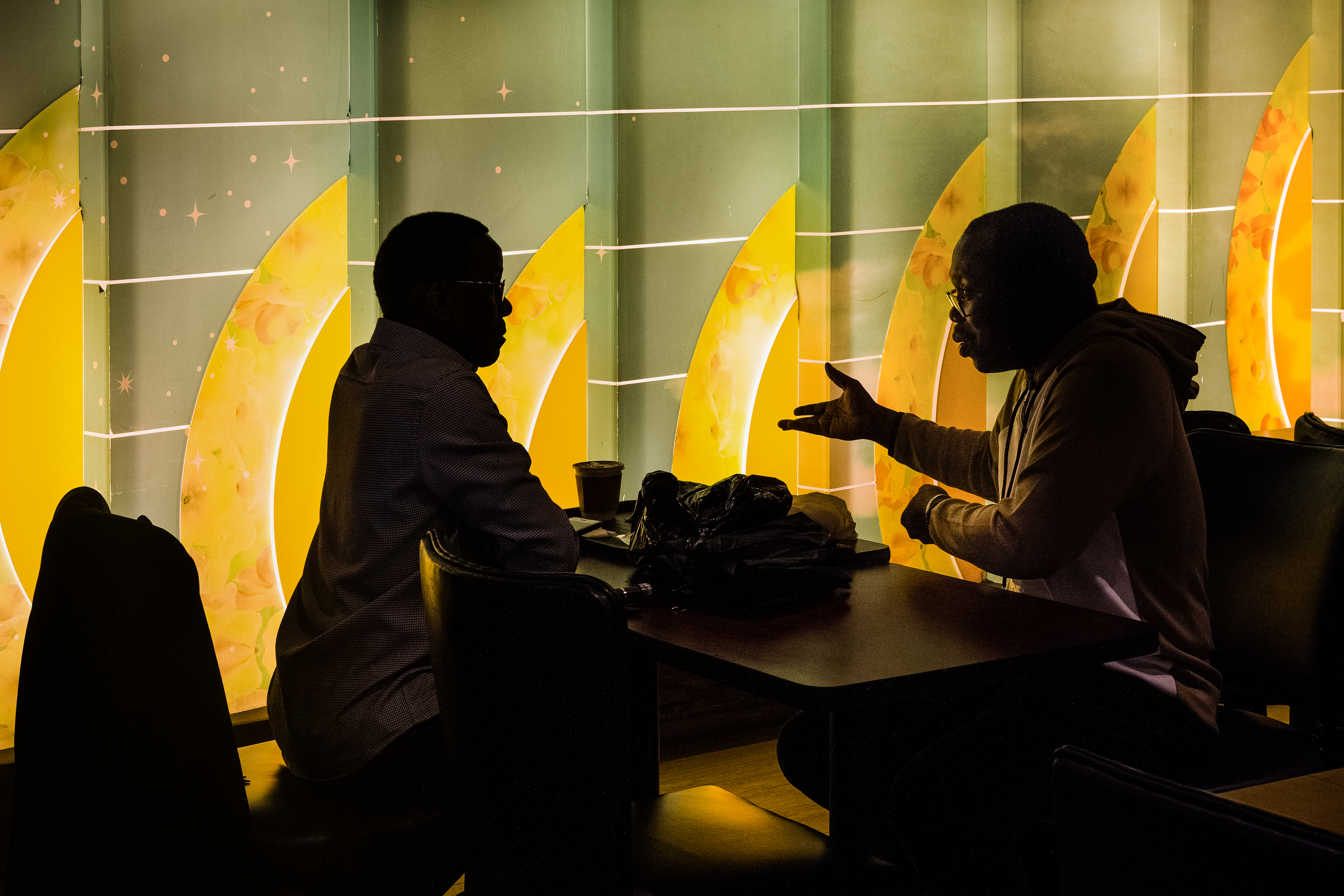
Waiting for my breakfast order in a New York deli, I saw the silhouettes of two gentlemen sharing coffee and conversation. A quick mode change to C2, which I have programmed for shutter priority, plus the selection of silent shutter. I moved the focus point with my finger to the top right third of the frame, pressed the shutter and captured the moment.
The fp has become my go to camera for taking out on the street. I love street photography; I love the lights and sounds and high buildings in big cities. But most of all, the people. On a recent trip to New York, it was easy walking around with the camera tucked into a coat pocket. Although the camera does not have an electronic viewfinder, I felt using the rear LCD screen worked better for being a little bit discrete when trying to capture a street scene. And because this camera is able to shoot high ISOs with little noise, it became standard to set my ISO to least 3200 or 6400 when walking around in the evening, knowing I was going to get the shot. On one assignment I had to shoot at ISO 25,600 with more than acceptable results.
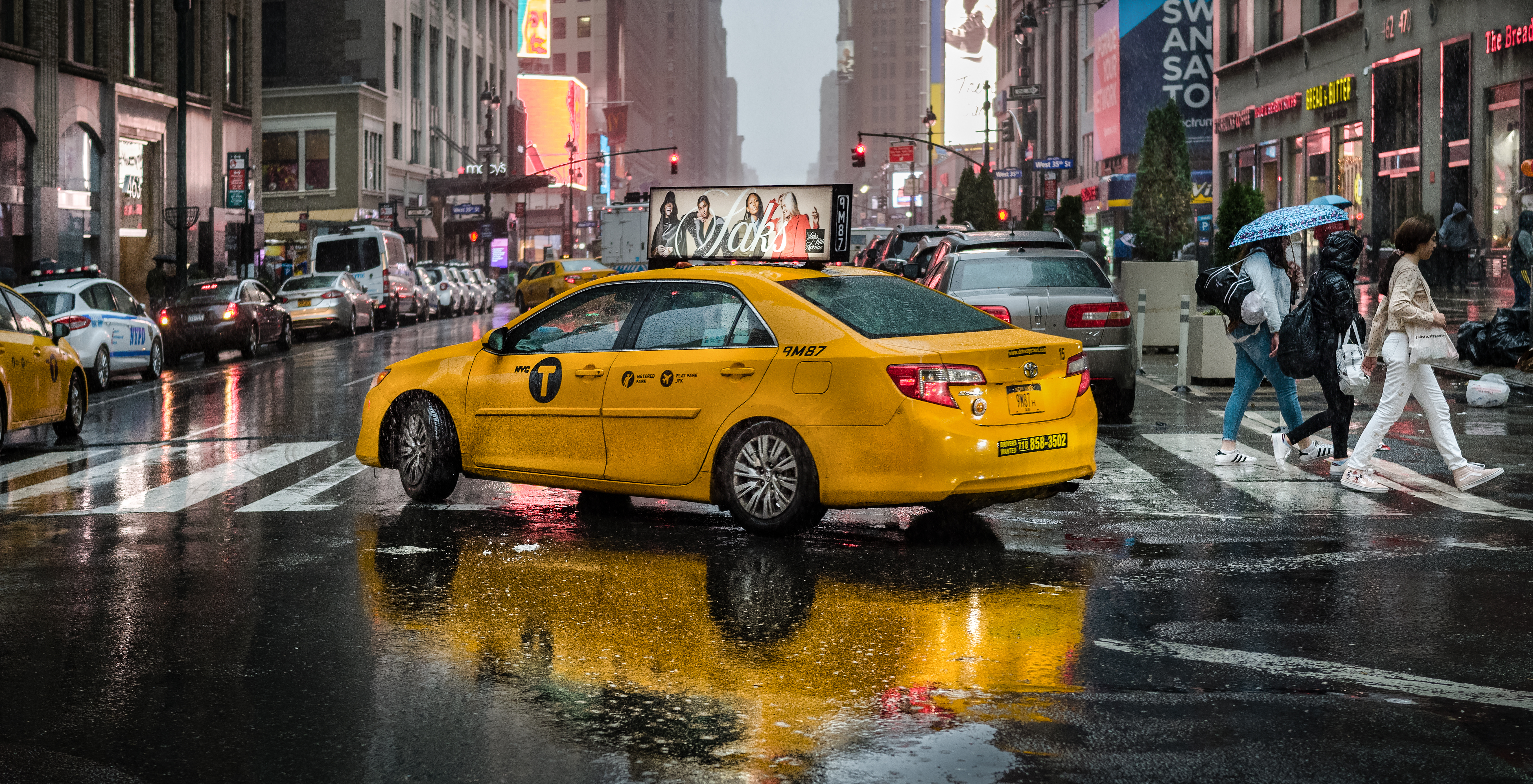
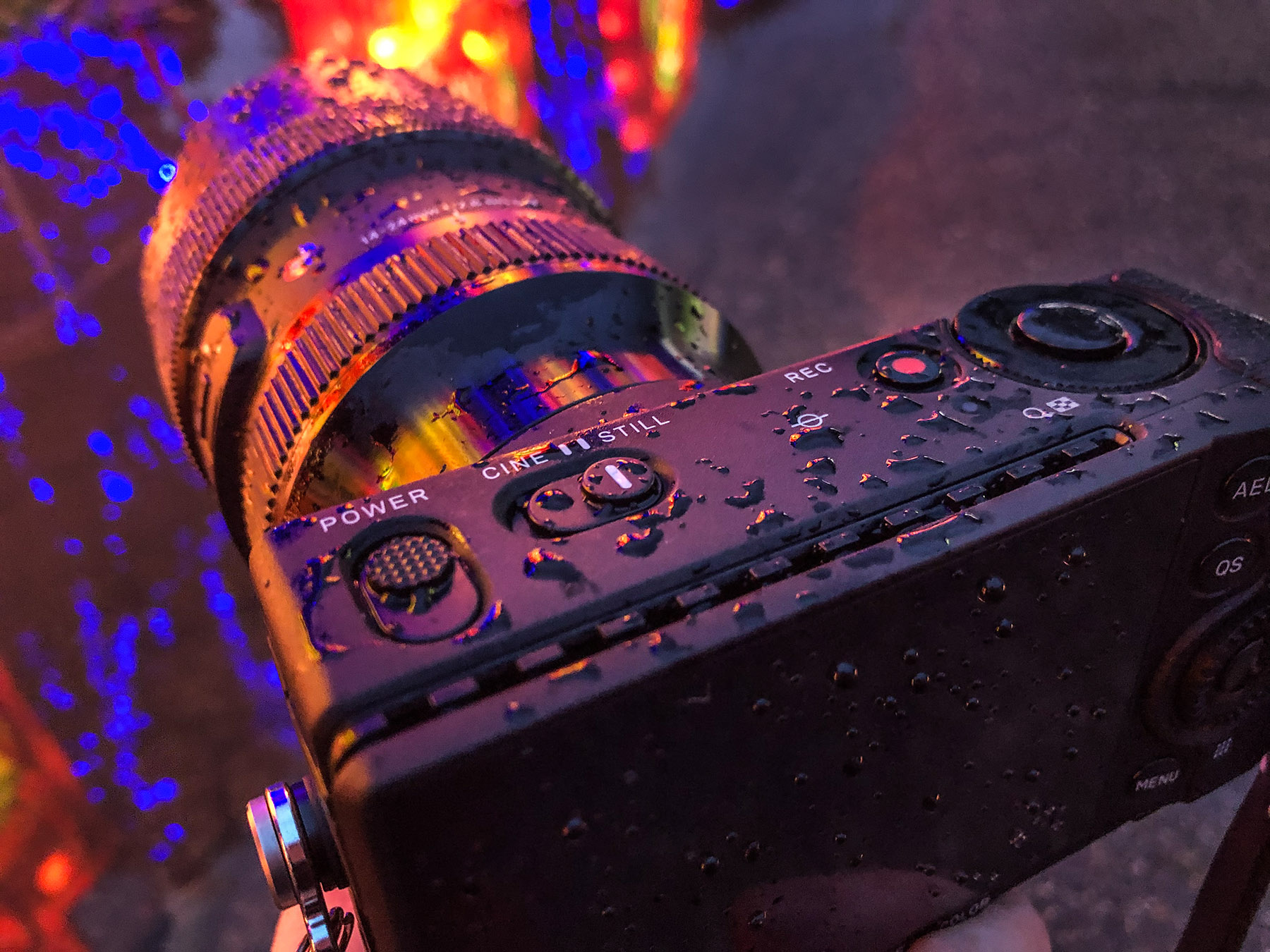
To me there is something about rainy streets in mid-town that just says “New York” to me. So much so that I stopped in the middle of the crosswalk to try to capture that feeling of lights and reflections and people. Despite the small size, the SIGMA fp has 42 points of weather-sealing to keep out rain or dust.
Accessorizing the SIGMA fp
Could the SIGMA fp be used for an assignment using flash? While I didn’t have the dedicated SIGMA flash to use, I did have a group of 5 Godox radio controlled flash units that I use when I photograph airplanes and automobiles at sunset. SIGMA touts the scalability of adding third party accessories to the fp, so I just needed to get the camera and radio remote to talk to each other. The solution was an old-fashioned PC cord and hot shoe socket. And mounting the fp on a tripod for the long exposure required keeping the shutter speed well under the slower sync speed of the camera.
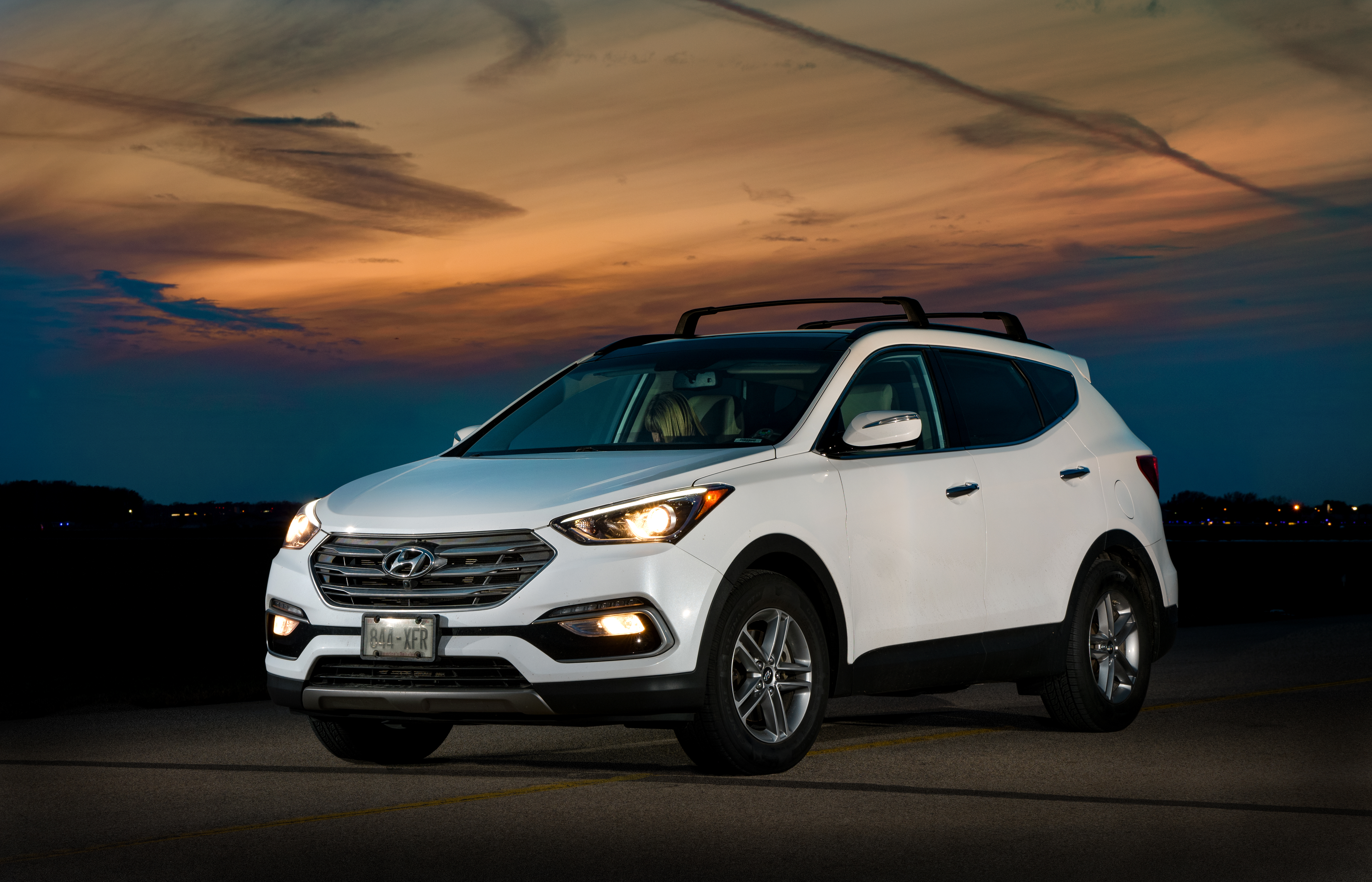
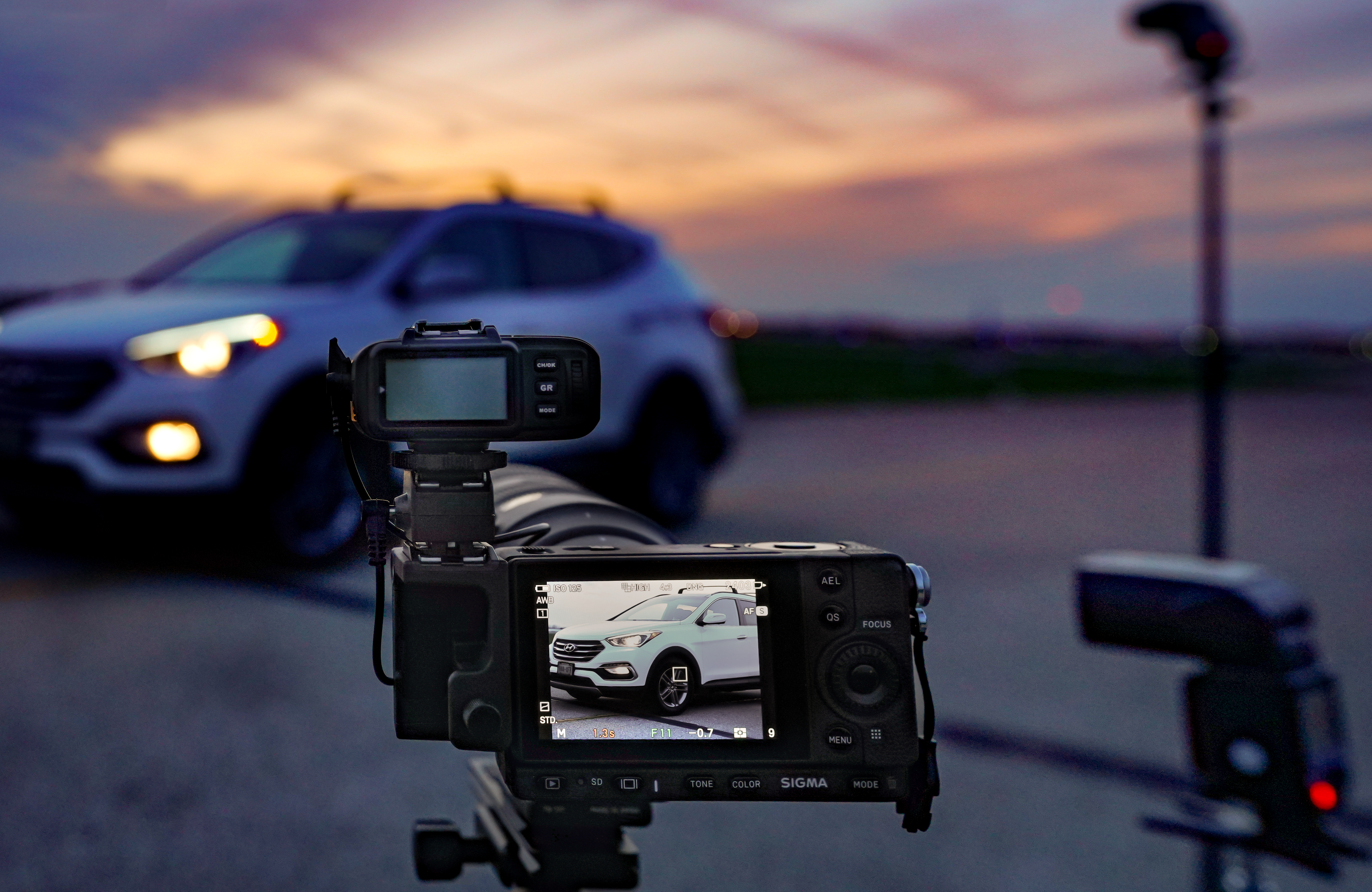
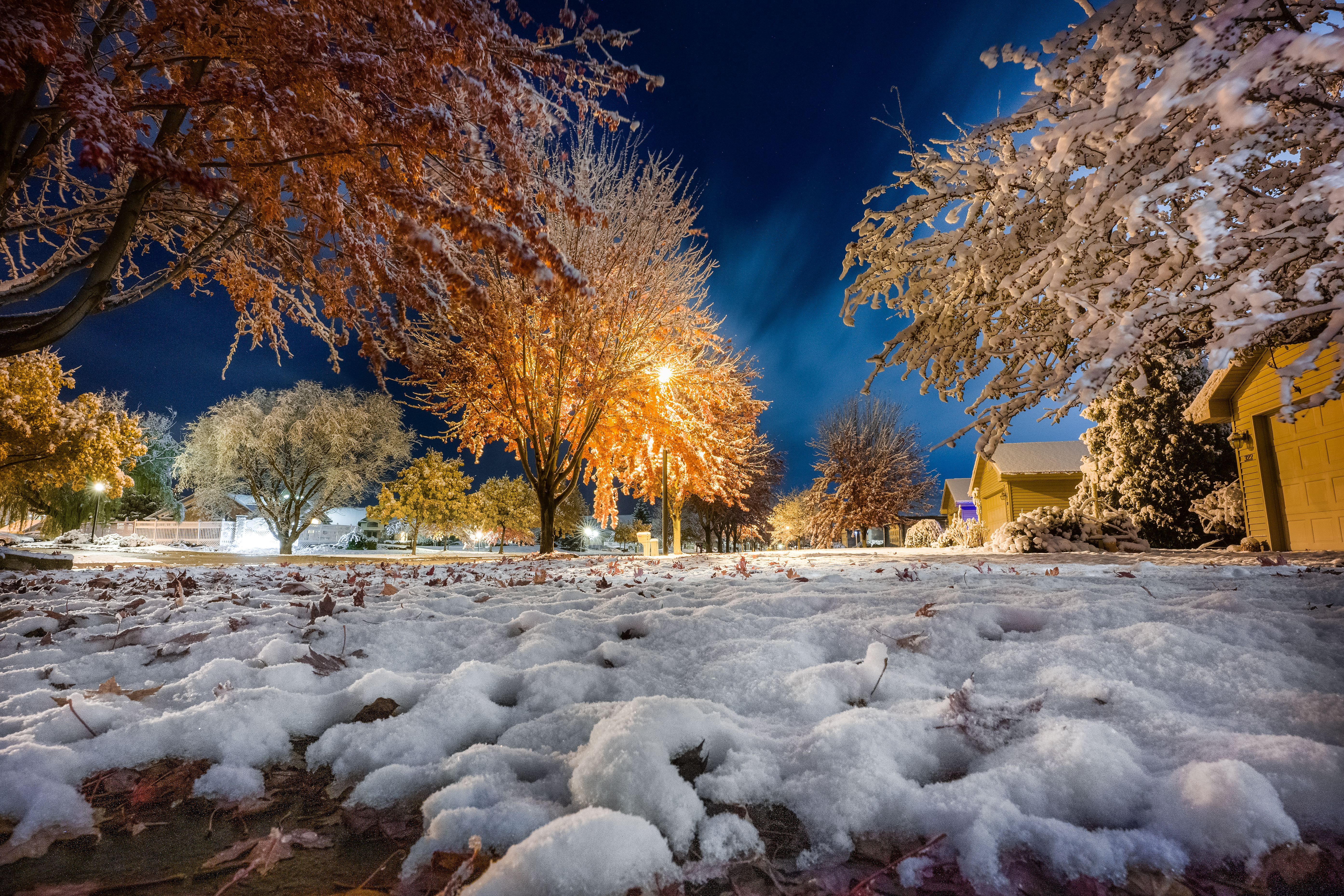
What the fp Is Capable Of
One of the coolest things about the fp camera is how SIGMA presents all of these options to you. The menu system in the fp is one of the best I have used. Not just the clean and easy to read layout—but being able to drive down into submenus with ease. Plus the ability to touch the focus point on the rear LCD and not only move it to where I want on the screen, but for a menu to pop up that directs me to various functions using the buttons at the bottom of the camera.
But what is the biggest, coolest thing I have found since using the SIGMA fp camera for the last six weeks? Just look at the photos taken with this camera and you’ll see it’s the image quality. These are just beautiful images in color and tone and sharpness.
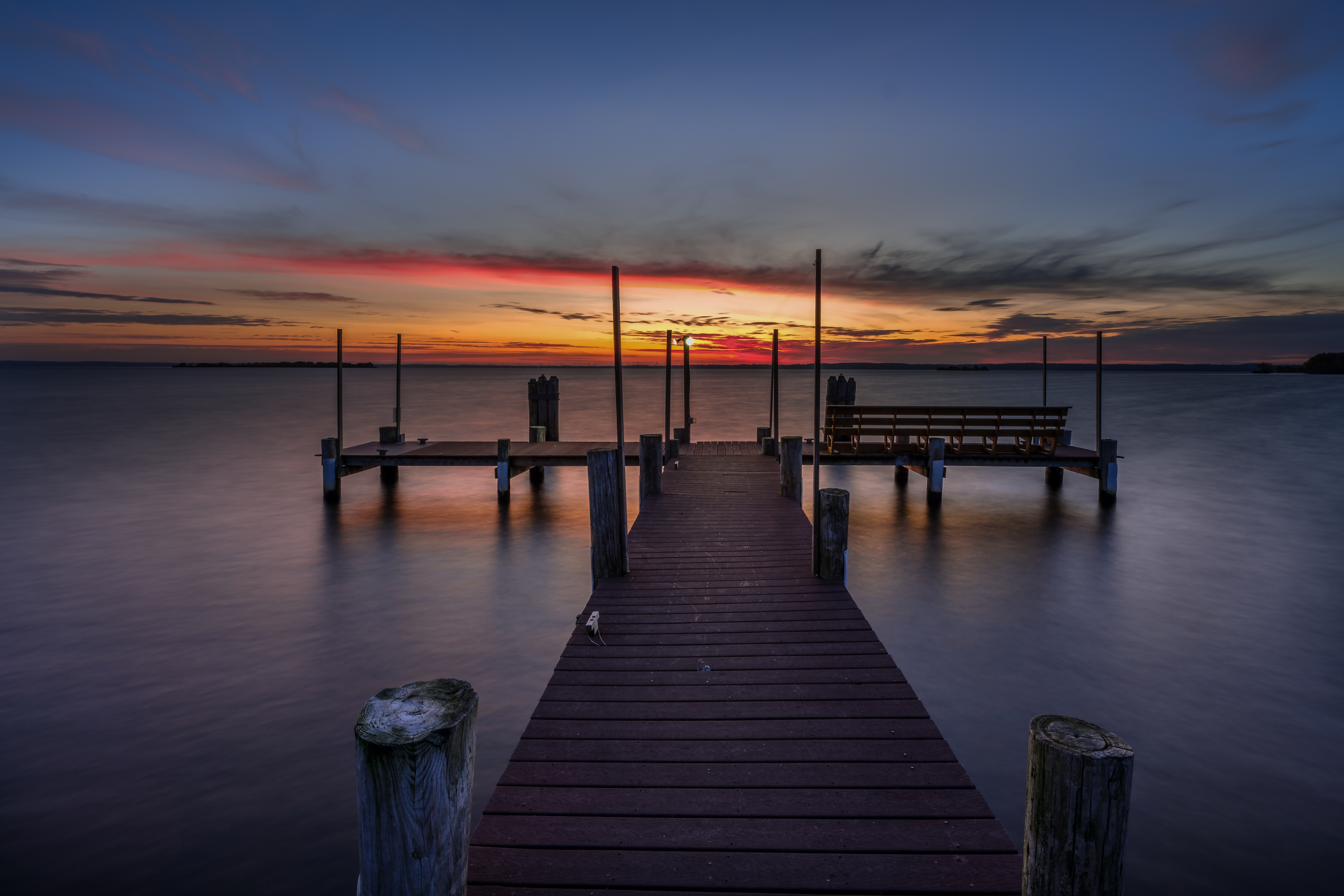
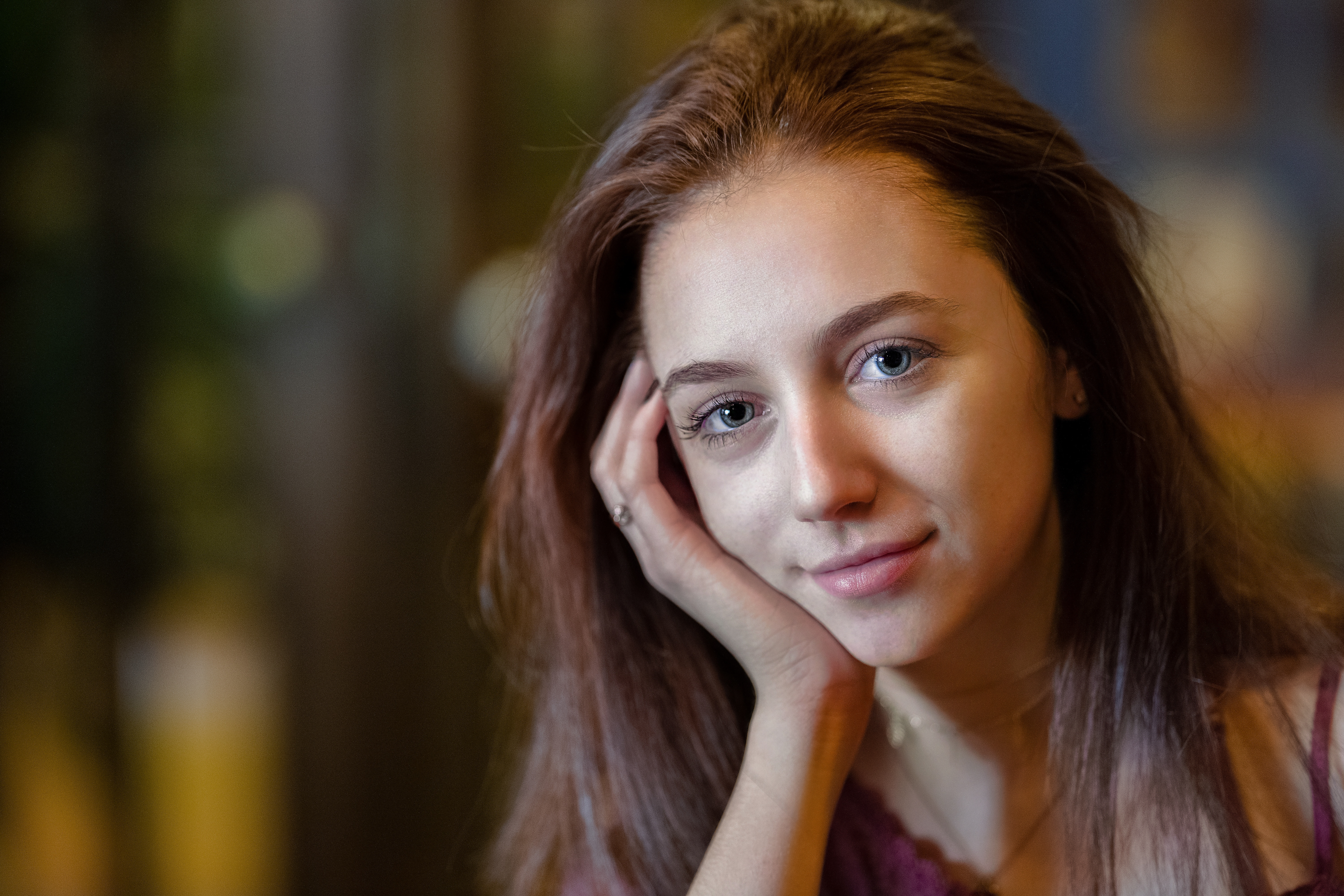
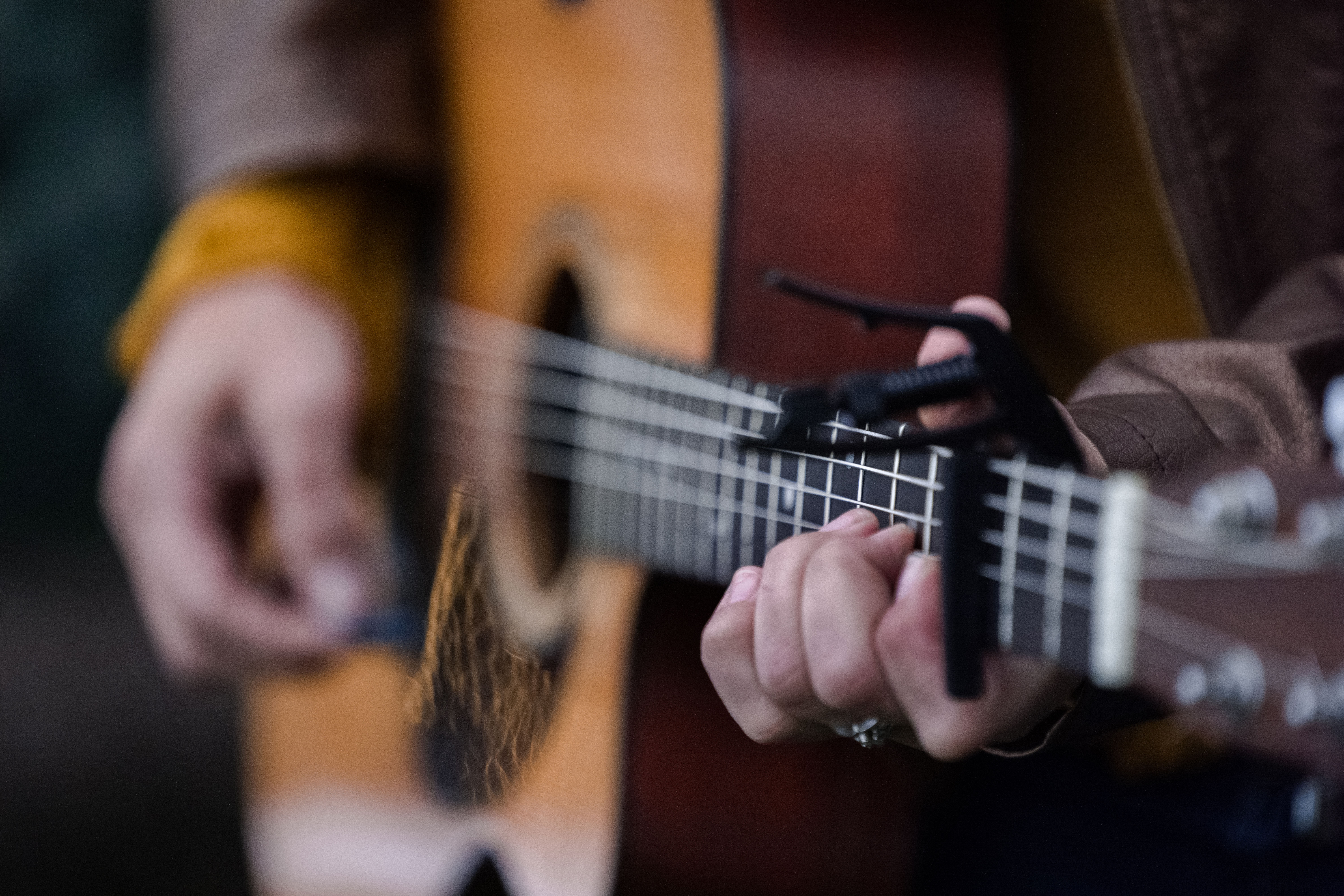
My assignment was a local street fair at sunset, and my favorite lens for an event like this is my SIGMA 70-200mm F2.8 DG OS HSM | Sports lens. While there are 37 lenses available in native L mount, the fp can also utilize 29 SIGMA DSLR lenses in EF mount by using the MC-21 Mount Converter.

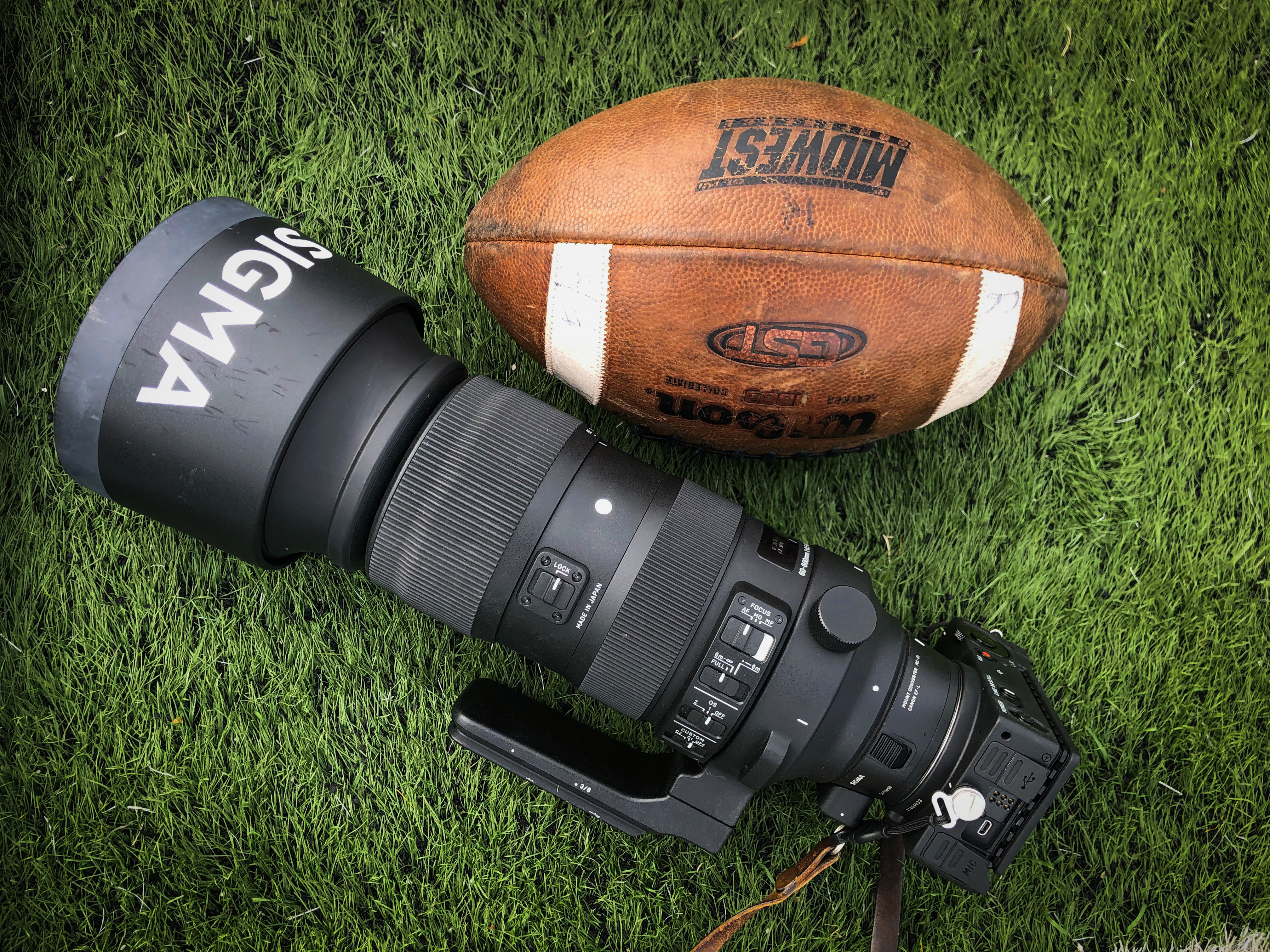
Although it’s a small camera, the SIGMA fp mounts to the biggest of lenses to let you zoom in when the action happens.
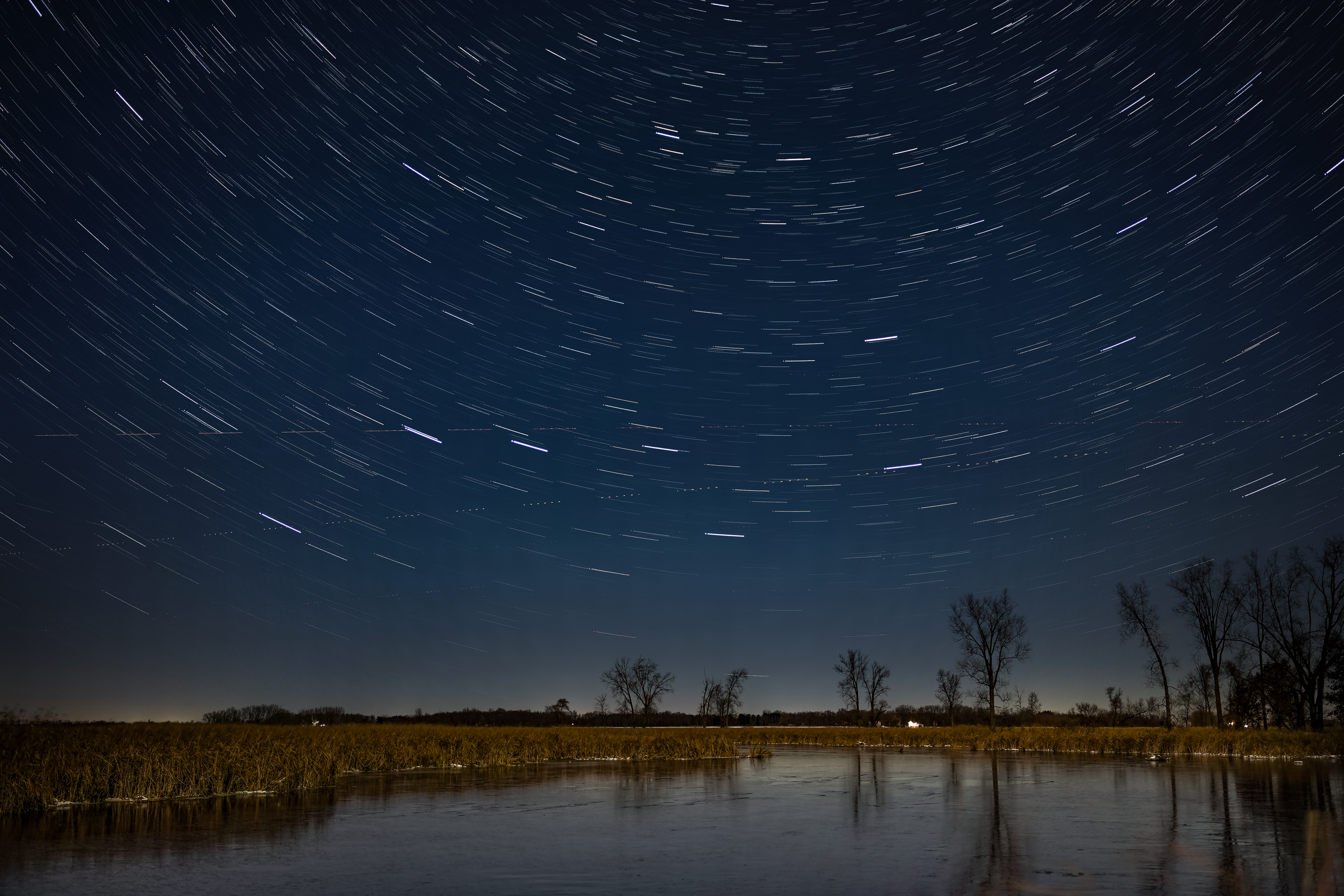
I think the SIGMA fp is going to be an ideal tool for astro photography. It has the ability to handle high ISO with little noise and the built-in intervalometer will make time lapse easy. For longer projects, the battery in the fp can be replaced with an AC adapter, which will plug into an all-purpose battery I use for long time lapse projects.

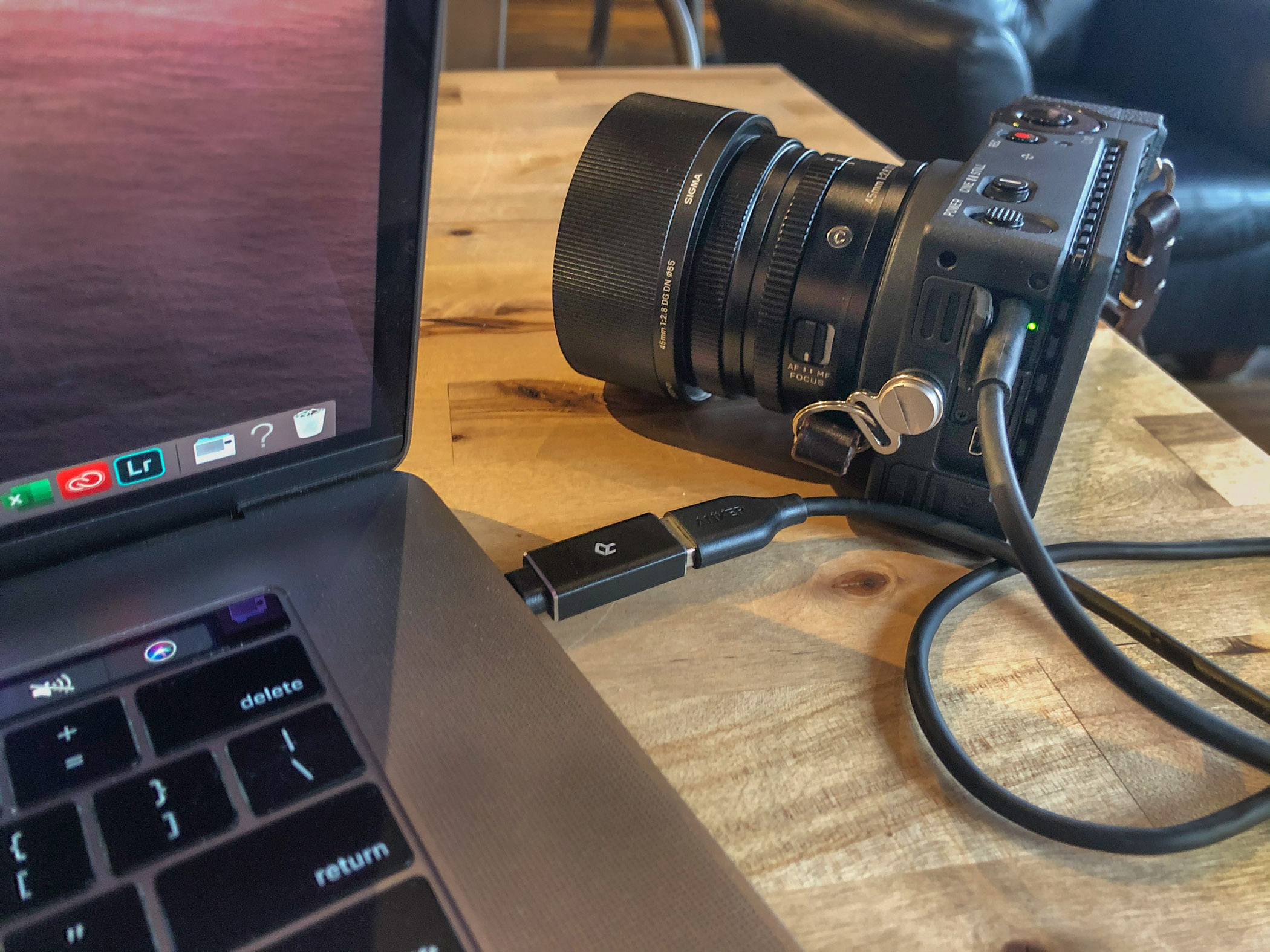

The SIGMA fp can charge and download using a USB-C cable, making it easy to charge from an outlet in your car, to downloading (and charging) from your laptop at the coffee shop. With most assignments I’ve been doing, I find I’m getting around 900 images per charge.
